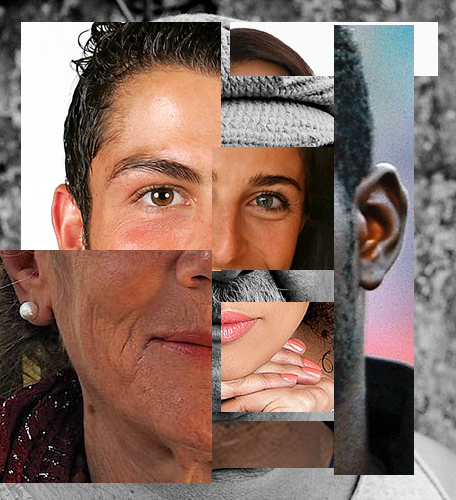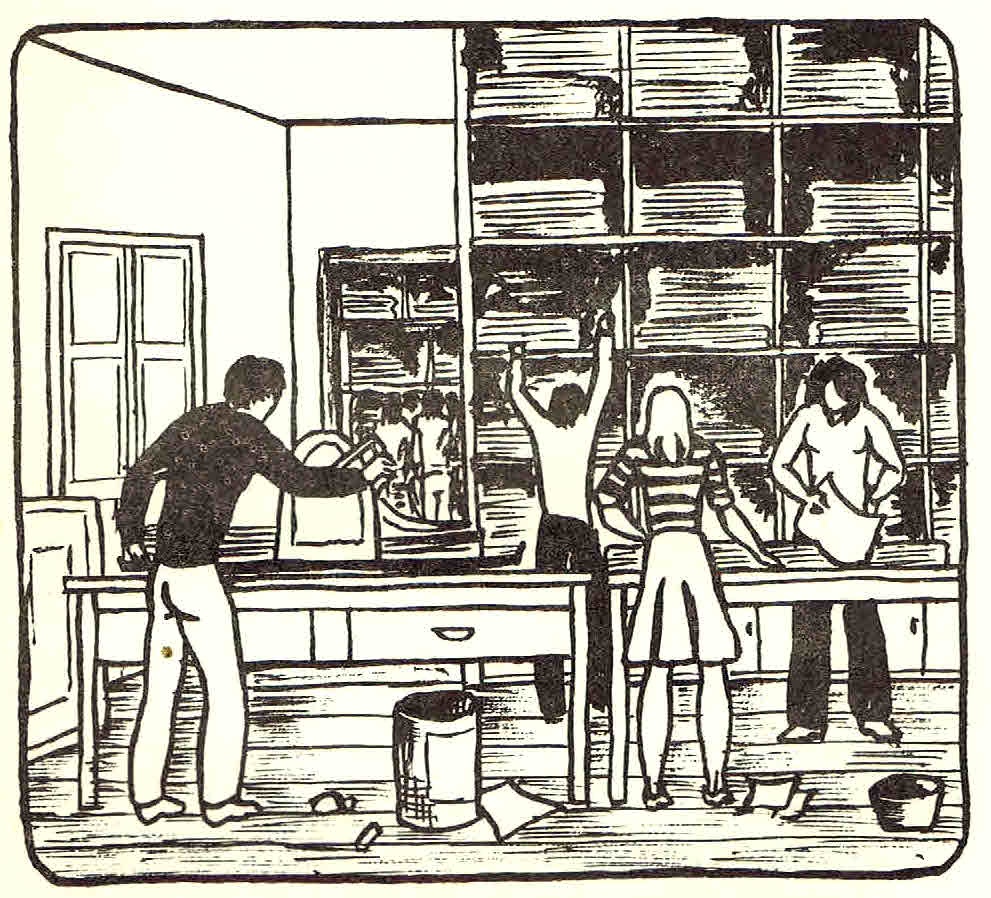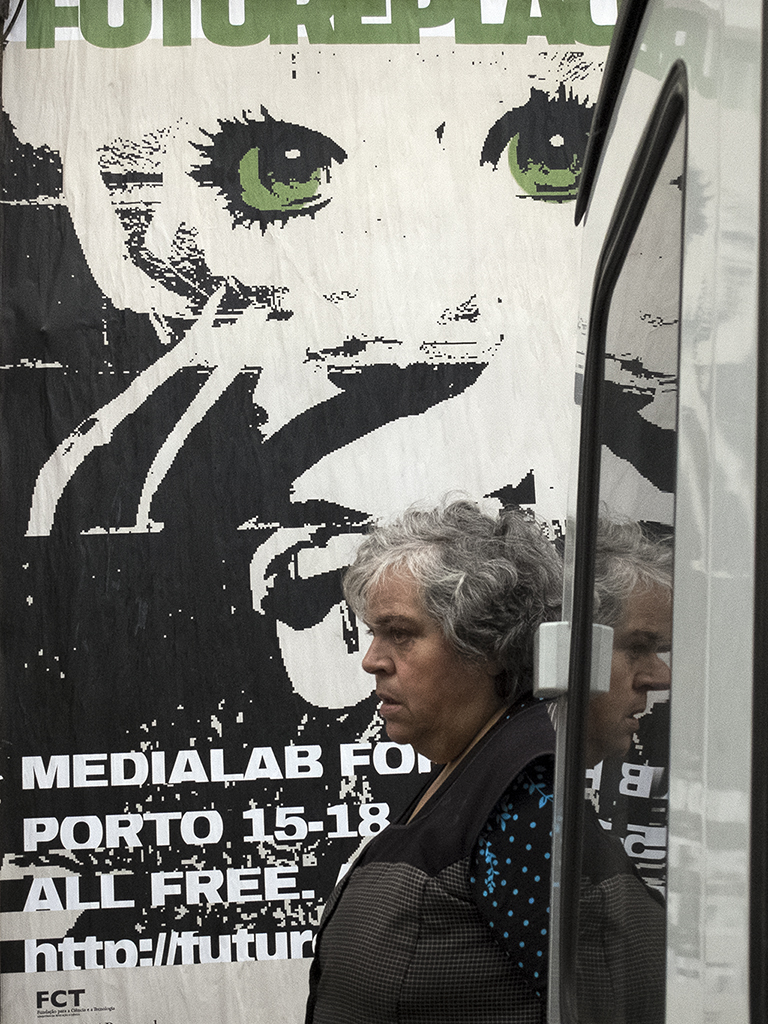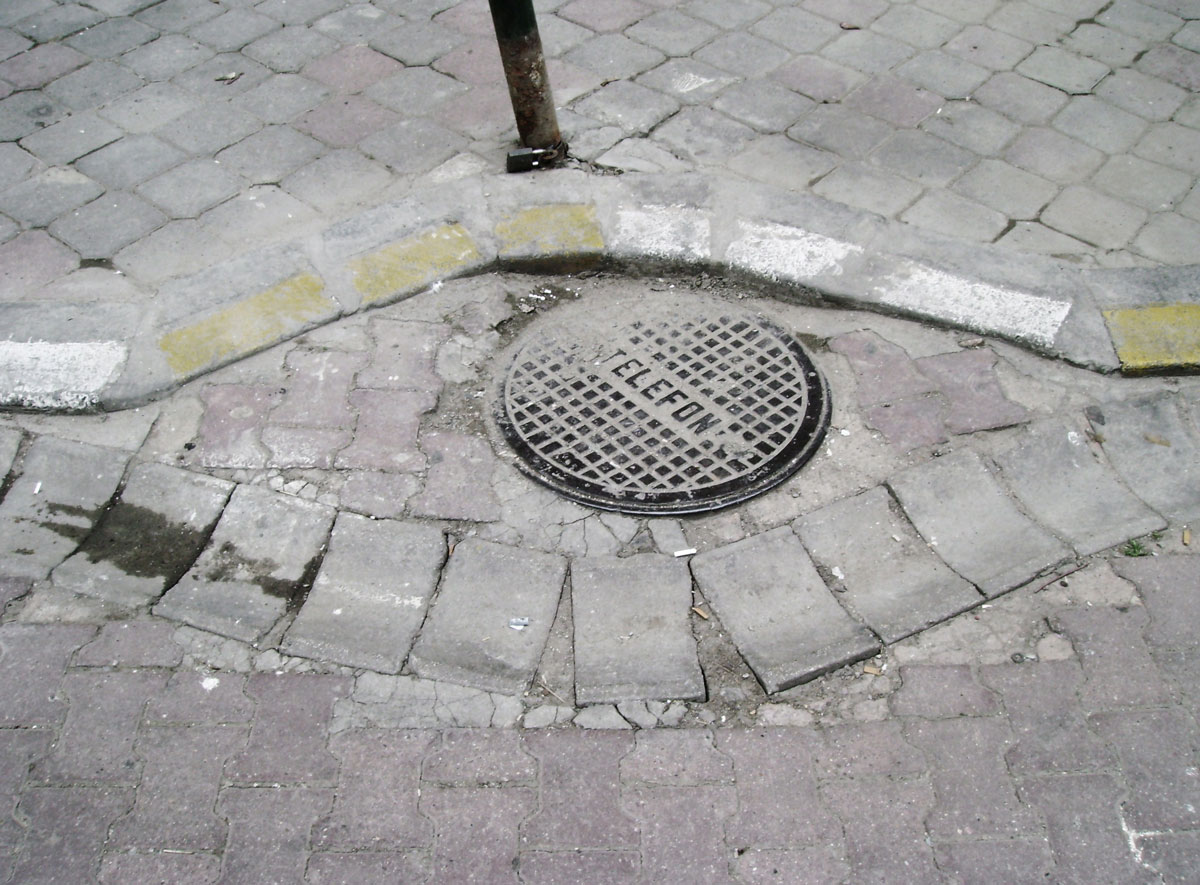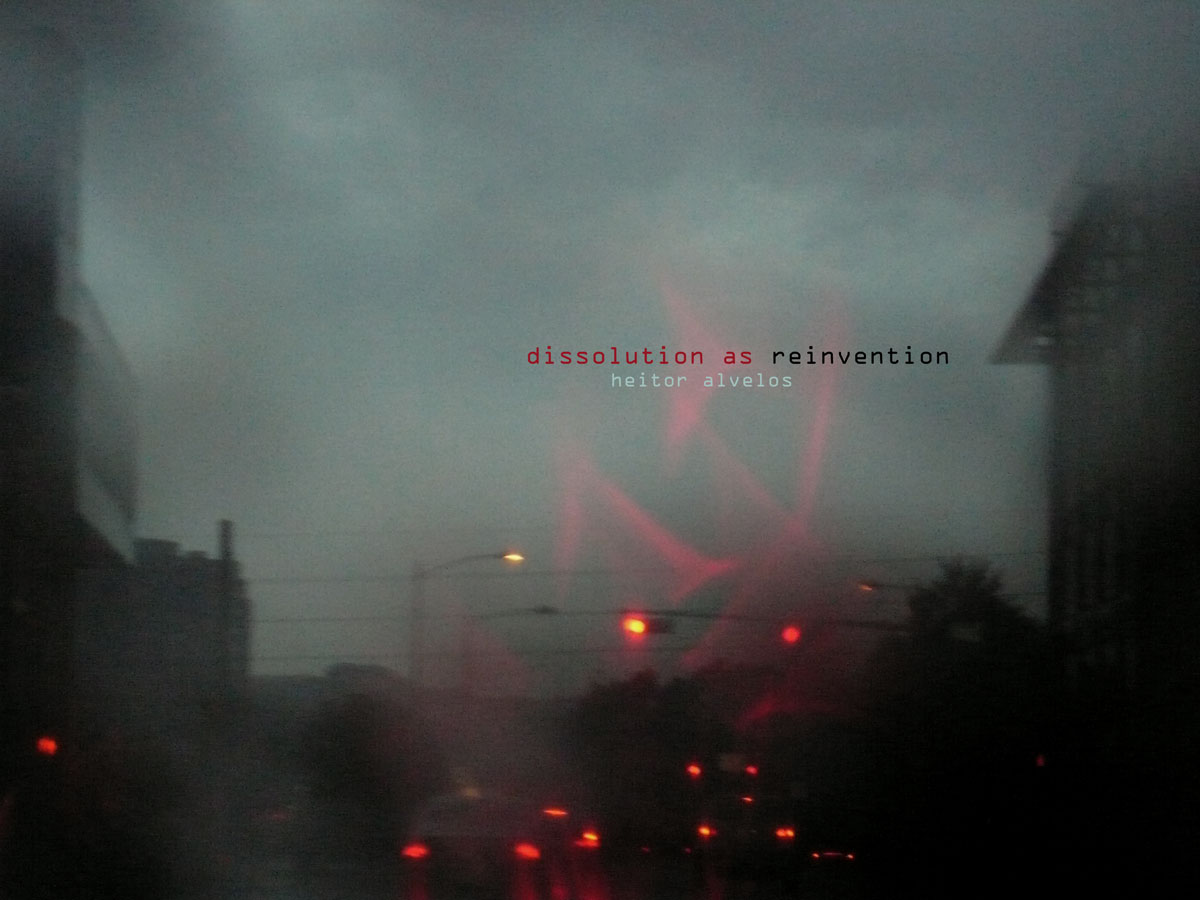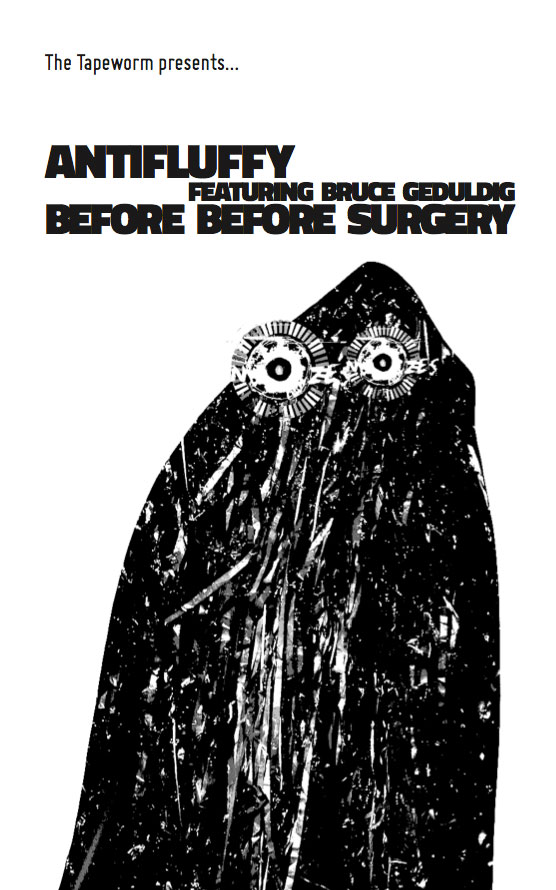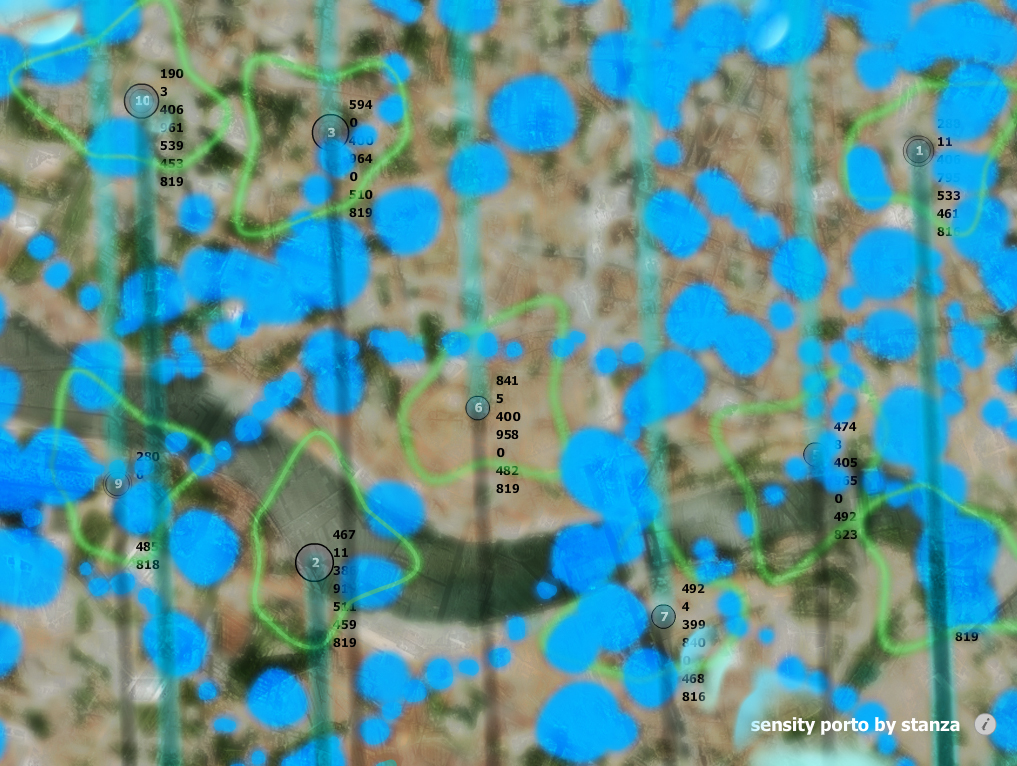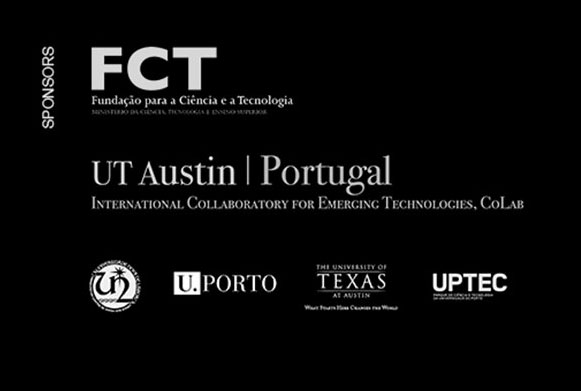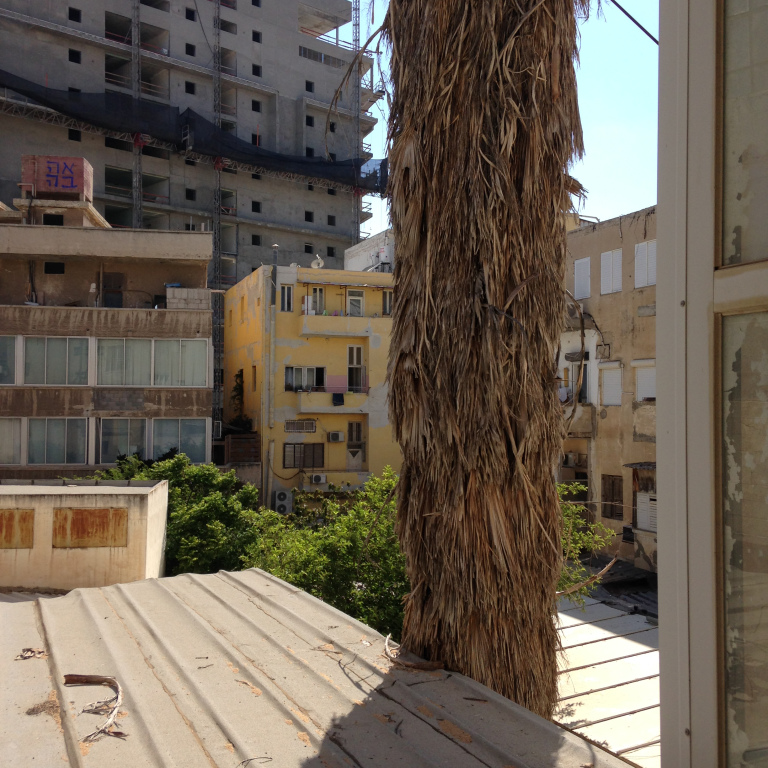
Blog here.
This work is a compilation of diverse images made by MSc Multimedia students at U.Porto created for the purpose of presenting a summarised reflection on the year 2016. Each personal impression was followed by a group discussion on associated concepts and further observations with a particular focus on arts, culture and media.
There were several distinct strands developed for analysing these images, by focusing the attention on its formal construction and semiotics – sign and symbolic qualities. Visual elements such as line, colour, viewpoint, saturation and photo focus, boosted our perception and the possibilities for further interpretation. That is, in the importance of this exercise, we assimilate the postmodern idea that there is something invisible in the visible. The composition of an image can be as influential with regards to the creation of meaning, to the point of imagining possible events that might have happened. Thus we create a certain myth about the insights perceived, that is, a picture conveys messages that are different from what has happened and at the same time lead us to think about what really happened, by balancing and analysing a possible story. In this way, the longer the observation of an image the more details are taken from the “hidden”, along with the formulation of new discussions.
One of the most interesting aspects of this observations is on how images representing or blended with the “reality” of past years (even from decades ago), when analysed with a mind set for 2016, can accurately grasp our ideas on the status quo – the absurd politics, the war in developing countries, the humanitarian crisis of the refugees, the economic clashes of working classes and the astray intentions of entertainment – funnelled from the lens of a machine right into the eye of the beholder, ready to be deemed as timeless.
The polysemic characteristics of the observed images can lead the discussion on how a certain image can encase at the same time dualistic or pluralistic views, such as hope or a total lack of it. Likewise, they can be presumably documentary and symbolic. Also, in this complex flow of information, digital images provide us with the ability to wander into myth trough constructed or transformed “realities”, like bodies cut out in “non-spaces” and glued to virtual surfaces of “non-times”. Nowadays, the increasingly faster propagation of images can dilute their original meaning and gain new contours through the transformation or appropriation of their signs and symbols. The epoch of the digital image (moving or still) coexists with each one of us and may be building up farther away from the idealisms of art and communication, but still capable of transforming an idea into myth.
As times have changed, the representative dialogue of our existence needs to be reconstituted. Our social responsibility must be registered.
En masse, art, communication and culture seem to be geared to consumption and entertainment, linked to the purpose of distraction and thus we are responsible for establishing or own safeguards needed to interpret the reality portrayed by media.
Therefore, it is an important exercise to assimilate the idea that there is something invisible in the visible. The visible belongs to the symbolic field even when the symbolic order is rejected. For in short our worldview is sometimes formed by images created for our eyes, making the image a unique sensory experience of reality.
“Myth hides nothing and flaunts nothing: it distorts; myth is neither a lie nor a confession: it is an inflexion” ( Barthes 1972, pag.128)
Projecto realizado no âmbito da disciplina de Arte e Comunicação Multimédia.Neste trabalho, os estudantes apresentaram um leque de várias imagens e deram uma reflexão acerca do que para eles representa 2016. Cada reflexão foi seguida de uma discussão de conceitos associados em grupo e seguidamente de observações com foco nas artes, cultura e media.
Havia várias vertentes distintas desenvolvidas para analisar essas imagens, concentrando a atenção na sua construção formal e semiótica – signo e qualidades simbólicas. Percebemos que elementos como ângulo, saturação, cor, foco e enquadramento, além da representação da imagem em si, são estruturas que impulsionam as possibilidades de interpretação e percepção de uma imagem. A composição de uma imagem poderá ser tão influente no que diz respeito à criação de significado, ao ponto de se imaginar possíveis acontecimentos que possam ter sucedido. Deste modo pode-se criar um certo mito acerca daquilo que percepcionamos e da introspecção que fazemos, ou seja uma imagem pode transmitir mensagens que sejam diferentes do que sucedeu e ao mesmo tempo levar-nos a pensar no que realmente aconteceu, fazendo um balanço e analisando uma possível história.
Um dos aspectos mais interessantes desta observação é o modo como as imagens que representam ou se misturam com a “realidade” de anos passados (mesmo décadas atrás), quando analisadas com a mentalidade em 2016, é possível compreender com precisão as nossas idéias sobre o status quo – a política absurda, a guerra nos países em desenvolvimento, a crise humanitária dos refugiados, os confrontos económicos das classes trabalhadoras e as intenções de entretenimento esquecidas – canalizadas da lente de uma máquina para o olho do espectador, prontas para serem consideradas intemporais.
As características polissémicas das imagens observadas podem levar à discussão sobre como uma determinada imagem pode envolver, ao mesmo tempo, visões dualistas ou pluralistas, como a esperança ou uma total falta dela. Da mesma forma, elas podem ser presumivelmente documentais e simbólicas. Além disso, neste complexo fluxo de informação, as imagens digitais proporcionam-nos a capacidade de percorrer o mito através de realidades construídas ou transformadas, como corpos cortados em “não-espaços” e colados a superfícies virtuais de “não-tempos”. A propagação cada vez mais rápida das imagens pode diluir o seu significado original e ganhar novos contornos através da transformação ou apropriação dos seus signos e símbolos. A era da imagem vive em cada um de nós e dá passos cada vez mais velozes e distantes do ideal da arte, mas continua a ser capaz de transformar uma idéia em mito.
À medida que os tempos vão mudando, o diálogo representativo de nossa existência precisa de ser reconstituído. A nossa responsabilidade social precisa de ser registrada.
Em suma, a arte, a comunicação e a cultura parecem estar voltadas para o consumo e o entretenimento, ligadas ao propósito da distração e, portanto, somos responsáveis pelo estabelecimento das nossas próprias barreiras, necessárias para interpretar a realidade retratada pelos media.
Ou seja, este exercício é importante pois podemos assimilar a ideia pós-moderna de que existe algo de invisível no visível. E que o visível pertence ao campo do simbólico mesmo quando a ordem simbólica é rejeitada. Pois, em suma a nossa visão de mundo é formada por imagens que outros instrumentos criaram para nossos olhos, fazendo da imagem a única experiência sensorial de realidade.
“O mito não esconde nada e não ostenta nada: ele distorce; o mito não é nem uma mentira nem uma confissão: é uma inflexão ” (Barthes 1972, pag.128)

